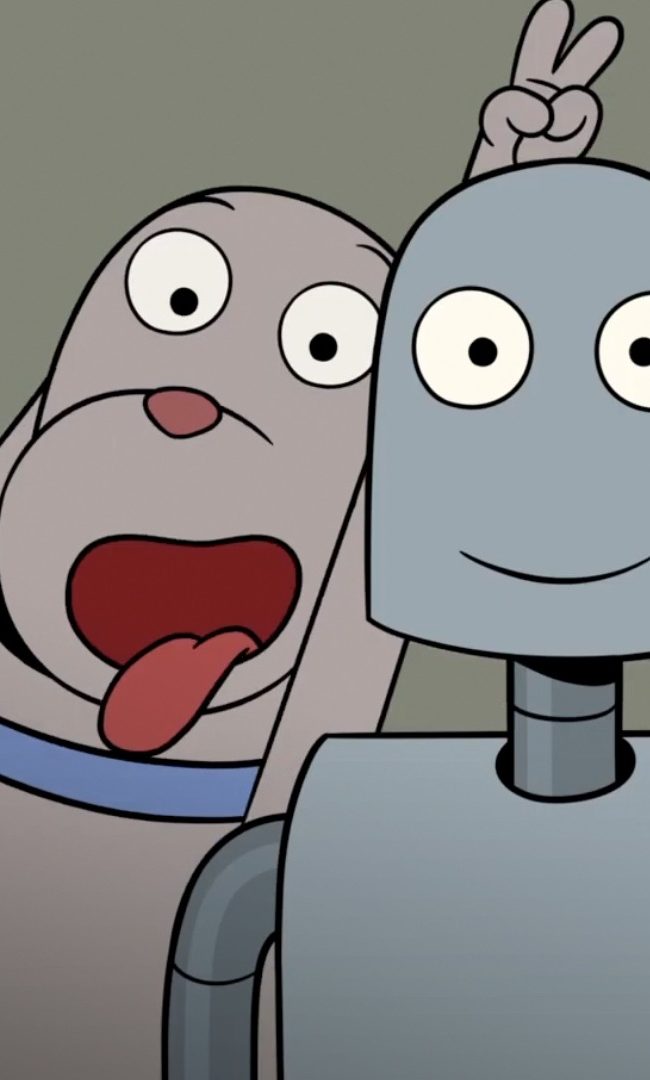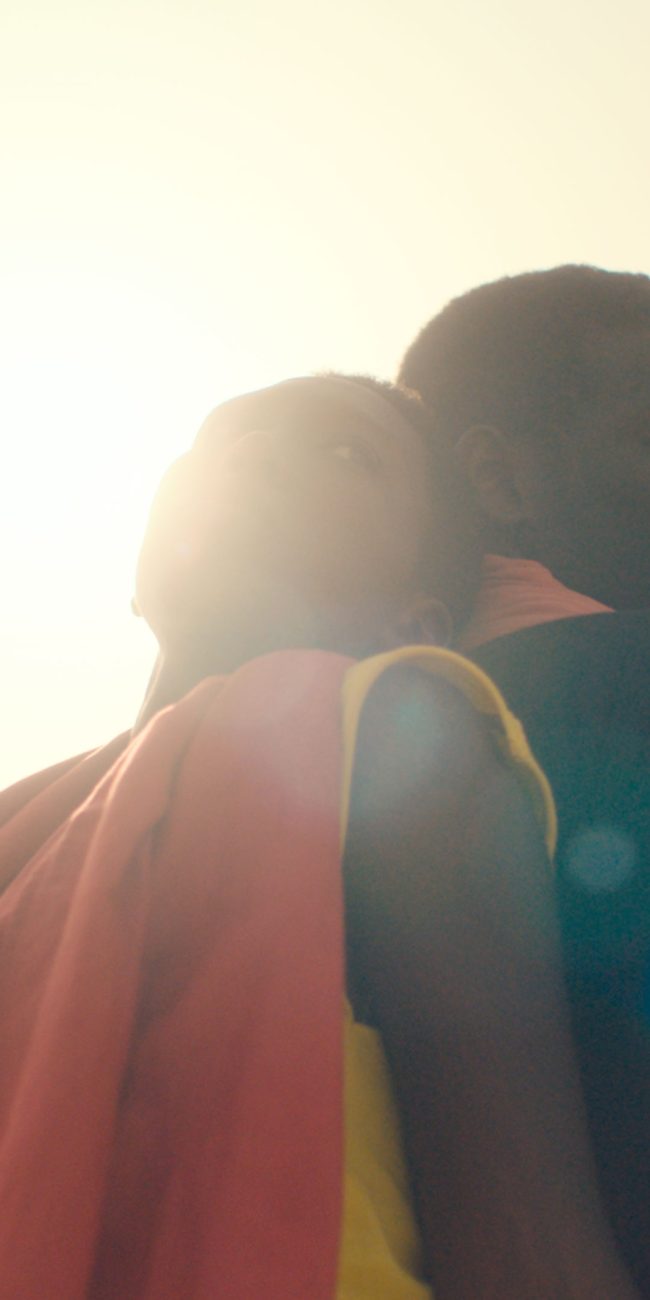A Conversation with Małgorzata Szumowska (THE OTHER LAMB)
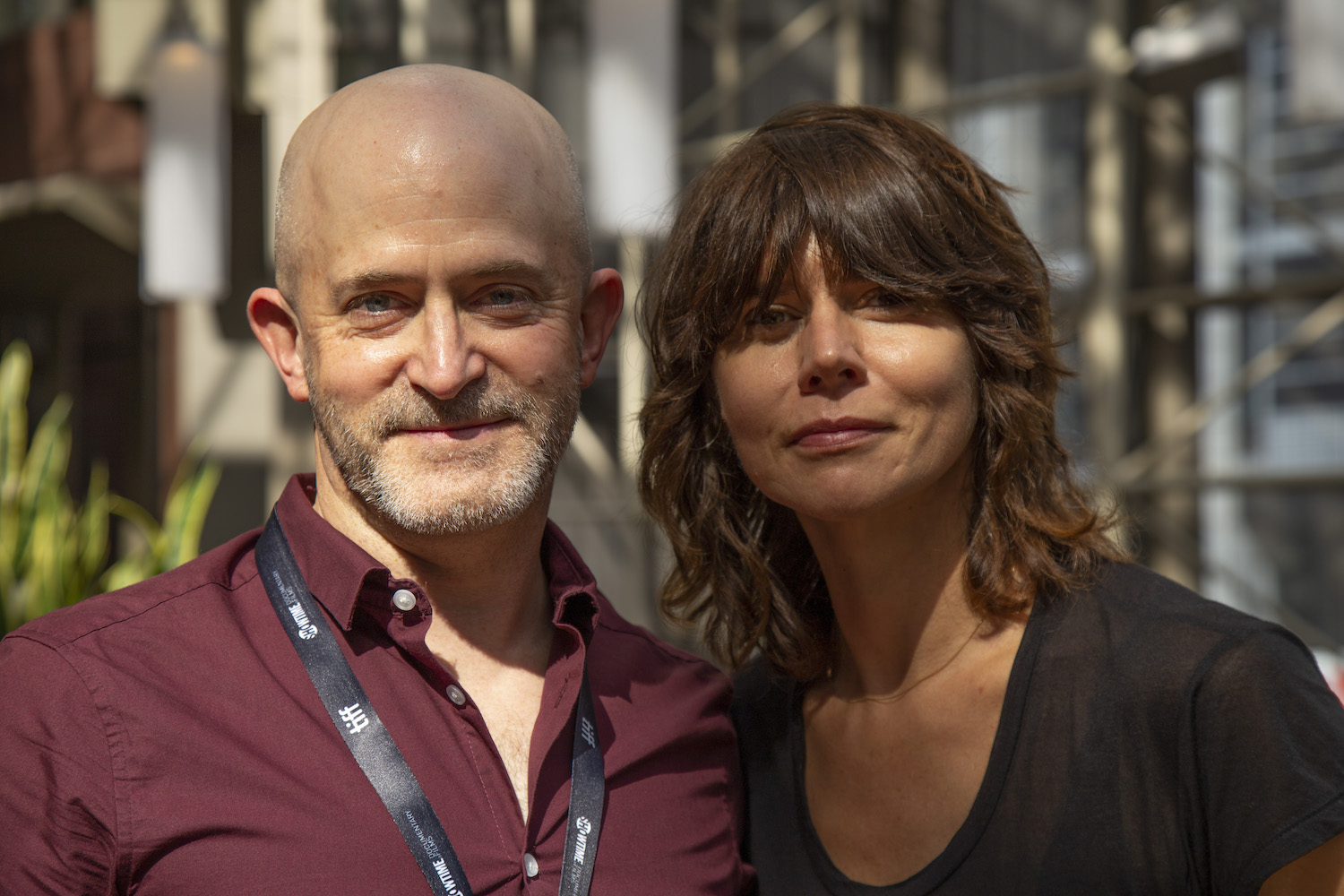
I met with Polish director Małgorzata Szumowska (In the Name Of) on Saturday, September 7, 2019, at the 2019 Toronto International Film Festival, to discuss The Other Lamb (which I also reviewed), her newest feature (and English-language debut). The movie follows an all-female cult – led by a single man called “Shepherd,” played by Michiel Huisman (The Age of Adaline) – as they leave their compound in search of a new Eden. One of the younger women, Selah – played by Raffey Cassidy (Vox Lux) – begins to question her beliefs the further afield they go. A profound meditation on male entitlement and female agency, The Other Lamb weaves it tale of growing discontent and rebellion with elliptical threads of great cinematic beauty. Here is a condensed digest of our conversation, edited for length and clarity.
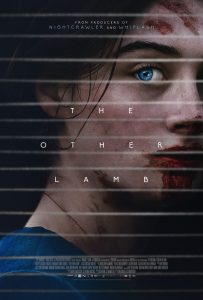 Hammer to Nail: Could you discuss how the script for this film, by Catherine McMullen, came your way?
Hammer to Nail: Could you discuss how the script for this film, by Catherine McMullen, came your way?
Małgorzata Szumowska: Two years ago, at the Cannes Film Festival, in a bar at 5AM, I met David Lancaster, an American producer, responsible for Whiplash. I was introduced to him and he asked me if I knew of any good cinematographers. So, I introduced him to my cinematographer. The next day, my cinematographer sent our work over to David. All of a sudden, David sent me over a script, asking if I’d be interested in making my first English-speaking movie. Of course, I was very excited. I read the script and I said “Yes. This is something for me.” It was very intense and very edgy, controversial. That’s what I really like as a director. And of course, I had to take my cinematographer, Michal Englert, with me.
HtN: One thing that the script doesn’t do, and that you didn’t add, I guess, to the story, is delve very much into the backstory, into why these women are part of the cult. That’s fine, because I like elliptical storytelling. But, in your mind, if you were creating the backstory, what do you think attracts a lot of these women to this particular cult, dominated by a single man?
MS: I have watched so many documentaries about cults before that I think the motive is always a cliché, almost always the same, somehow. There is a man, who was probably raped or beaten by his father when he was very young. Then, something happened in his mind and he became insane. Then, he creates the cult. I had to choose Michiel Huisman because he’s very handsome. I objectify him, I would say. Usually men objectify women on the street, and I have this…I objectify him. Because he looks like Jesus Christ; he’s very beautiful. That’s his charisma, his sexuality.
HtN: I’ve seen some documentaries about cults, as well, and I will say that he’s certainly more attractive than some of the men that you see running these cults, and you sort of wonder where their charisma lies. The Jesus Christ analogy is perfect, though. I mean, he’s got the long, flowing locks.
MS: That was my goal. Usually, the guys who are leaders of the cult are ugly, chubby guys that are very charismatic but manipulative. I think he’s maybe less charismatic but very manipulative and narcissistic.
HtN: Yes, he’s a malignant narcissist.
MS: Yes, exactly.
HtN: So, I’m curious, in terms of the mise-en-scène in the film, were those flash-forwards, those visions, that one moment of alternate reality where Raffey Cassidy sees herself, were those in the script or were those your additions to the story?
MS: They were kind of in the script, but in a different way, I would even say in a very different version. We needed to adapt the script to the landscape because the original script was written for the desert, in Australia. There it’s hot and they are sweaty, but with us it’s opposite, with completely different costumes. We had to adapt the whole story to cold, to rain, to water, first of all. Then, the same with the visions, we had to figure them out from zero. I really don’t remember the visions in the script because in my head, it’s only now those visions. But I had the idea from the beginning that the film is partly taking pace inside Selah’s head, so it should be very dreamy.
HtN: That works. So, I forgot to look this up before the interview, but where did you actually film this?
MS: In the Wicklow area in Ireland. It’s very popular, I will say. We were obligated to shoot there because it’s close to Dublin and it’s cheaper. But then we were kind of shocked: in the hotel, we met Jurassic Park crew and then…I don’t know…Game of Thrones crew, the Vikings crew and the crew from the new David Lowery movie, I went, “Oh my God, how are we going to shoot here? Oh my God, it’s so cliché that we are shooting here.” So, with Michal, we tried to look at that landscape from a new, fresh perspective. It wasn’t easy but I think we did it.
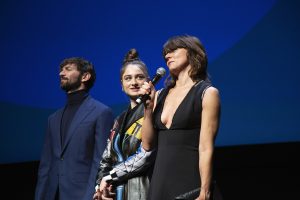
THE OTHER LAMB stars Michiel Huisman and Raffey Cassidy with director Małgorzata Szumowska at at TIFF Q&A (photo credit Chris Reed)
HtN: What’s interesting about it is that you found, in your location scouting, spaces that are largely denuded of any human trace.
MS: Yes.
HtN: So, when he arrives and says, “This is Eden,” it’s like, well I don’t see anyone else there, so it’s believable.
MS: It’s believable. That was the key. We were very focused to find those kind of places.
HtN: Well, it certainly works, visually. Speaking of the look of the film, I really enjoyed your production design, overall. I love those lines of string in the wood, inside of which they worship. How did you come up with that?
MS: Well, we didn’t have money for set designers. And it was a set designer from there, from Ireland, who was a little bit hopeless in the beginning because he said, “Come on, with this budget I can’t do anything.” Then, what we did, we did a lot of scouting and then we found the location, the ground. We just asked ourselves, “How can we make it original?” We needed to adapt a place which really exists, and not totally change it, because we didn’t have money to do it. Then we kind of did it together, me, [production designer] Ferdia [Murphy] and Michal, cinematographer. The stripes were my idea. It just came to me and now I’ve discovered that there is an artist who did the same thing.
HtN: Which artist?
MS: I have to check. (looks on phone)
HtN: And you didn’t know this artist before?
MS: I didn’t know! (finds on phone) Yeah. Maria Lai. She was from Sardinia. And I was shocked. I was!
HtN: Again, speaking of your directorial choices, there’s this one moment in the film, I believe it’s when Selah has her first menstruation and she’s sleeping on the hilltop, and you do that Hitchcock Vertigo shot, but you do it in a way that I haven’t quite seen before. It’s longer, it’s so smooth, and yet it almost looks like you could be on a helicopter or on a crane. How did you get that shot? It’s very effective …
MS: It’s a new kind of effect because it’s a drone and at the same time it’s zooming. It’s kind of complicated. The drone has to go very, very … how do you say it? Vertical and low. It can’t be very high.
HtN: Right.
MS: It was very tricky for those guys from the drone company. They didn’t know how to do it. But we did a lot of rehearsals. And to make it so smooth, it was just VFX [visual effects] at the end of the day. It looked very complicated. But I also, I love this particular shot. It came to us, we were just…thinking how to make a Vertigo shot which is different than the others. And then we found out this combination of drone and zooming.
HtN: Another element I really like is when they’re leaving the camp and you have that wonderful song on the soundtrack. I called it, in my head “The Song of Dance and Departure” because they’re moving and then they leave, and then it turns into a broken record, so it starts to repeat in these interesting ways. How did you come up with that?
MS: During the editing. We just used that song and I didn’t know how to end it. Sometimes it’s difficult to end on the song. And I said to myself, “Maybe we can do this and use the images of the empty camp.” Because it’s like, does she see the future, you know?
HtN: Right.
MS: It just came to me during the editing.
HtN: And then of course, she does see the future.
MS: Yeah.
HtN: And she sees alternate realities. She’s a visionary, to the point where you wonder, at the end of the film, whether she is now the leader of a new cult. Right?
MS: Yes, of course.
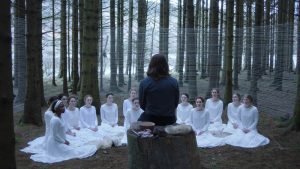
A still from THE OTHER LAMB
HtN: She’s holding the lamb. (laughs) We’ll see what happens in this new cult…
MS: (laughs) It won’t be very, very nice.
HtN: (laughs) I also really like the singing that the women do. Were any of those voices the voices of the actual women in the camp?
MS: All of them. They are real voices. I was really surprised how beautiful their voices were. They’re singing all the original folk songs.
HtN: Because right away, when Raffey Cassidy and her companion walk in from the waterfall, it sets the tone. It’s really beautiful singing. So, before I ask you about the human casting, I wanted to briefly ask you about the animal casting, because you have that wonderful ram.
MS: Geoffrey.
HtN: Is that his name? He’s really quite expressive. He’s amazing. So how did you find him? And then, of course, you have to have good sheep dogs to keep them in line. So, how did you find these animals?
MS: There is a guy whose name is Eddie, who was raised in Wicklow. He services all film productions, including Vikings, with animals, which he owns. He has a shepherd, a guy who teaches sheep dogs. This guy, he speaks this very strange language, which I really don’t understand, to the dogs, and then the dogs run over to the sheep. It’s very interesting to watch it, because it’s unbelievable how organized the process is. And he also owns Geoffrey. Everyone was afraid of Geoffrey! Only Eddie and I weren’t. And then to direct him, I had to scream and dance. Because I wanted to force him to look into the camera. Geoffrey could be dangerous. He might hit you or run into you. Eddie and I, we would hold Geoffrey back, while everyone else would be too afraid to approach him.
HtN: And then you put Raffey Cassidy right next to Geoffrey in a few shots.
MS: She was very afraid. I was like, “Closer, closer!” I couldn’t stop myself. In that moment, I forgot about safety and health.
HtN: Well, he’s very effective and a great member of your cast. But now let’s talk about the humans. How did you cast Raffey Cassidy and Michiel Huisman?
MS: Raffey Cassidy was an obvious choice. I saw her in The Killing of a Sacred Deer and really liked her intensity. When someone brought up her name, I said, “Yes, it’s her.” I knew she was going to be brilliant in that part. Then it was a kind of problem finding a man, the kind of man it should be. We had some ideas which were more cliché, like someone who is very bad, looks very bad. And then, I said to myself, “Maybe it’s too simple. Maybe we need a contrast, maybe we have to find someone who is soft.” That was my idea. Then, step by step, we came to Michiel Huisman. I met him and I said, “That’s the guy.” He looks like Jesus. He’s interesting. But he’s kind of … he has a sweetness which is very good for the part, I would say. And it also shows that women … they are probably stronger than men. Because it’s very often like this.
Then, for the rest, it was a huge casting process in Ireland, but I was obligated to do it very fast. I had, I don’t know, like one week. It was very intense and very complicated, but I like to think that I’m very good at casting and also very good at working with actors. It’s my biggest skill, I would say. Because always when I work with actors, they want to work with me again. For example, when I did a movie with Juliette Binoche, called Elle, many years ago, she said, “I have to make another movie with you.” She asked me to write a script for her, I wrote a script for her, and we are planning to make a movie again. And Michiel wants to make another movie, too.
HtN: The question is, does Geoffrey want to make another film with you?
MS: Yeah, the question is that Geoffrey should make another movie with me because he’s the biggest star.
HtN: Indeed. Well thank you so much, and congratulations on the film.
MS: Thank you!
– Christopher Llewellyn Reed (@ChrisReedFilm)
Like what you see here on Hammer to Nail? Why not pay just $1.00 per month via Patreon to help keep us going?








